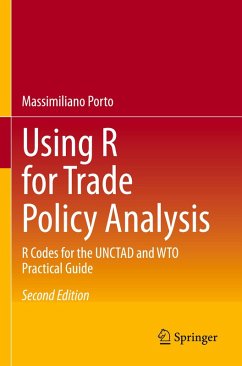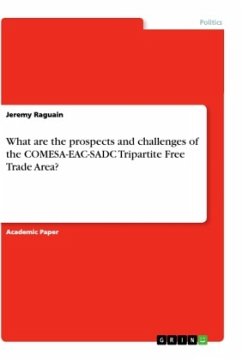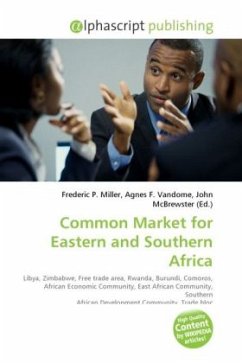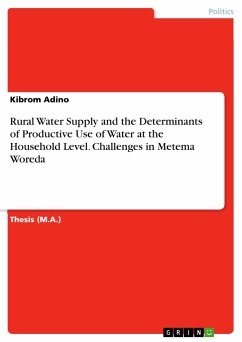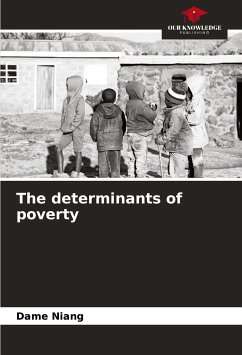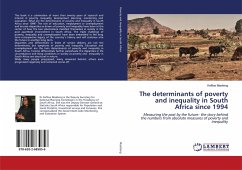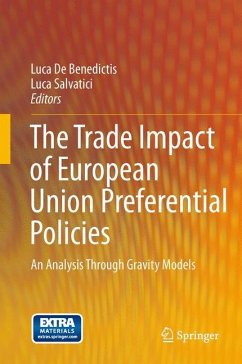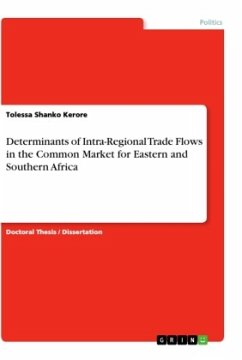
Determinants of Intra-Regional Trade Flows in the Common Market for Eastern and Southern Africa
Versandkostenfrei!
Versandfertig in 1-2 Wochen
52,95 €
inkl. MwSt.

PAYBACK Punkte
0 °P sammeln!
Doctoral Thesis / Dissertation from the year 2019 in the subject Politics - International Politics - Region: Africa, grade: 4.00 (very good), , course: Governance and Regional Integration - Trade integration, language: English, abstract: This study investigated the determinants of intra-regional trade within the Common Market for Eastern and Southern Africa (COMESA) region, with a specific focus on export trade from the period 2000 to 2016 by utilizing panel data. The study used trade intensity index to measure the intensification of trade among member states and employed an augmented gravity ...
Doctoral Thesis / Dissertation from the year 2019 in the subject Politics - International Politics - Region: Africa, grade: 4.00 (very good), , course: Governance and Regional Integration - Trade integration, language: English, abstract: This study investigated the determinants of intra-regional trade within the Common Market for Eastern and Southern Africa (COMESA) region, with a specific focus on export trade from the period 2000 to 2016 by utilizing panel data. The study used trade intensity index to measure the intensification of trade among member states and employed an augmented gravity model to identify factors affecting intra-COMESA trade flows using OLS, Random effect and Poisson Pseudo-Maximum Likelihood (PPML) estimators. The results from the Trade Intensity Index (TII) measure indicate that although the intra-COMESA trade remains low for most of the members, the intensity result appear to increase at slow rate at regional level. The analysis indicates that the trade strength of intra-COMESA exports increased from 11 percent in 2000 to 13.6 percent in 2016 at regional level.More specifically, Egypt and Kenya have expanded their export trade among other members of COMESA, while Libya has the smallest export trade share followed by Eretria. The results from gravity model showed that other factors remaining constant, export trade flows within COMESA region are significantly influenced by Regional Trade Agreement (RTA), distance between members, adjacency, land lockedness, common language, electoral democracy, economic size, population size and overlapping memberships at different magnitude for each variable. Using PPML the estimation result shows that distance, economic size of the importer and adjacency of members are the most significant variables explaining export volume among members. It is recommended that COMESA members need to invest on complementary products (export diversification) where they have comparative advantage through identification of priority products in the region, improving the economic size, implementation of AU`s 2012 declaration of Continental Free Trade Area (CFTA), development of regional transport infrastructure and strengthening of institutional democracy to expand bilateral trade among member states.



